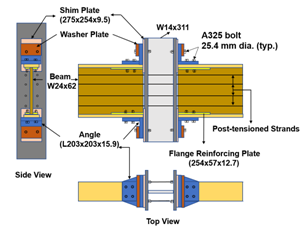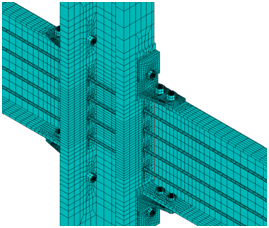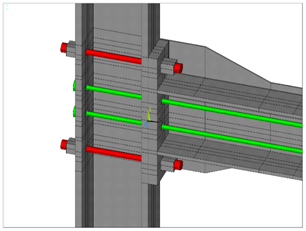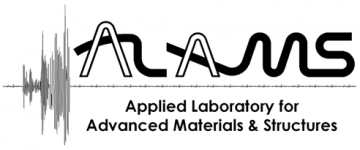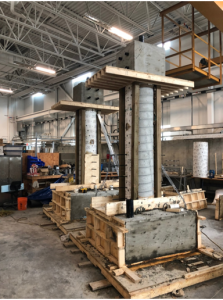Research Project Title: Cyclic performance of self-centering post-tensioned steel beam-column connections using shape memory alloy energy dissipators
Research Abstract:
Driven by a need to reduce repair costs and downtime in structures following a major earthquake, self-centering (SC) systems have been introduced. Post-tensioned (PT) high strength steel strands have shown promising results in providing the SC capability in steel frames, where the beams are compressed to columns. In my MASc research, I am exploring the possible options to improve the seismic performance of existing SC PT connections and the applicability of SMA materials such as SMA strands, hybrid strands, SMA angle and SMA bolts.
Project Team:
[1] M. Shahria Alam
[2] Md Arman Chowdhury
Publications:
Ongoing
Collaborators:
Research Project Title: Seismic Performance Assessment and Design Tools for Structural Concrete Elements Utilizing Hybrid Reinforcement
Research Abstract:
Insurance Bureau of Canada estimated the overall loss after a 9.0-magnitude earthquake in British Columbia at almost $75B, which reflects the vulnerability of Canadian civil infrastructure. Harsh winter is another critical factor for deterioration of Canadian infrastructure where de-icing salt causes accelerated corrosion to steel. Fibre-reinforced polymer (FRP) bars were introduced as reinforcement in concrete structures to prevent corrosion. However, FRP is a brittle material with no inelastic branch. Thus, FRP reinforced concrete (RC) structures exhibit poor ductility with low energy dissipation capacity leading to a major problem in seismic design. This issue can be addressed by introducing hybrid reinforcement where FRP bars can be used along with a ductile material, e.g. steel rebar to introduce ductility. FRP rebar cage can be placed in the exterior cage to provide corrosion resistance whereas steel can be used in the inner cage to provide ductility. Little research has been directed towards hybrid reinforcement where FRP rebar is used along with another ductile material. This study will determine the seismic behavior of concrete bridge piers having hybrid reinforcement, and compare its performance to that of a regular steel RC bridge piers in terms of load-displacement, moment-rotation and energy dissipation capacity, and strains in the longitudinal and transverse reinforcements. Currently, there is no numerical tool available to predict the response of RC elements having hybrid reinforcements. Hence, another important objective of this study is to develop numerical tools to predict the response of RC elements having hybrid reinforcements in terms of moment-curvature response, pushover response, and seismic response. These tools will assist in developing performance-based design guidelines for Canadian Standards (CSA S6) and performing fragility assessment for such hybrid RC elements and structures.

